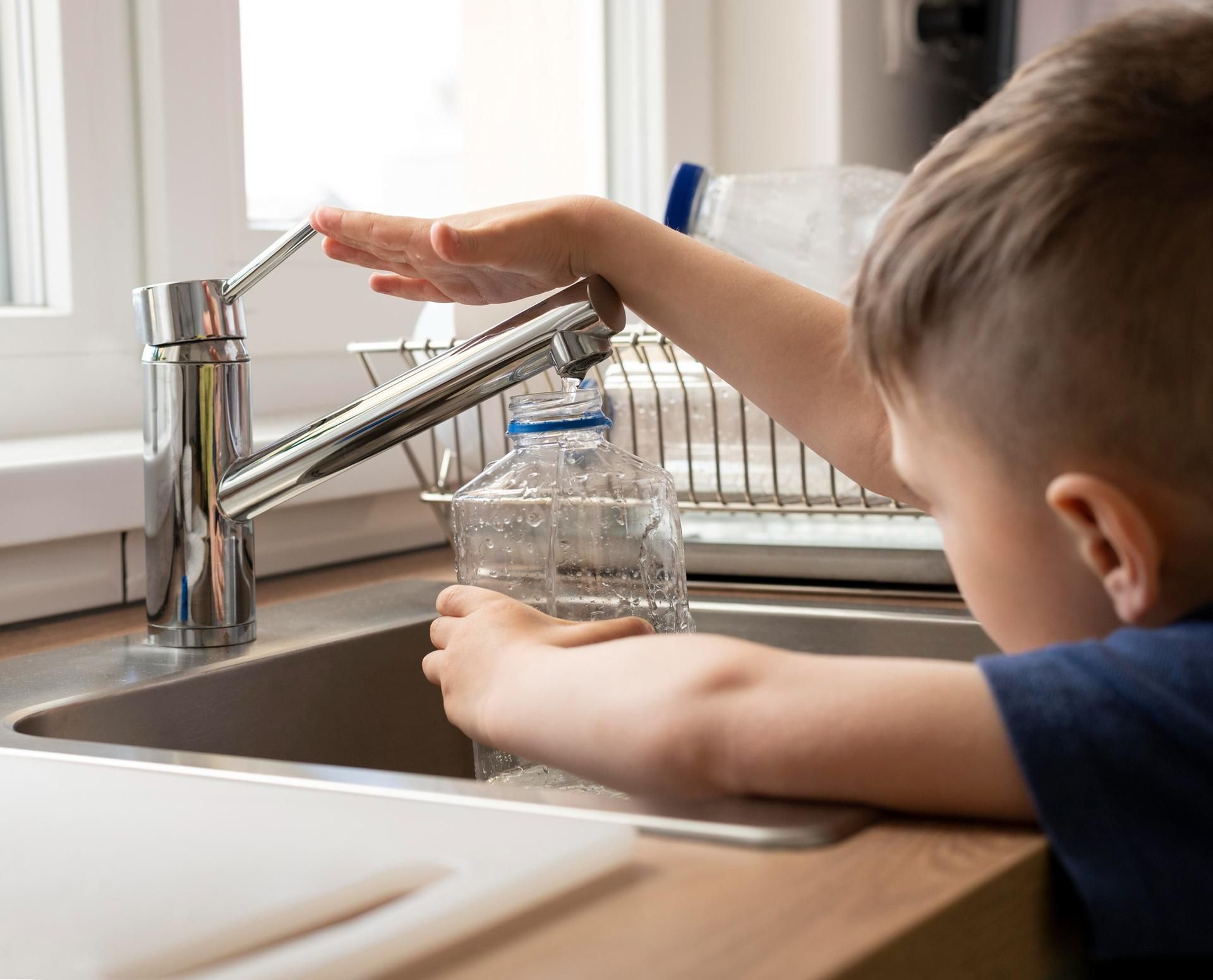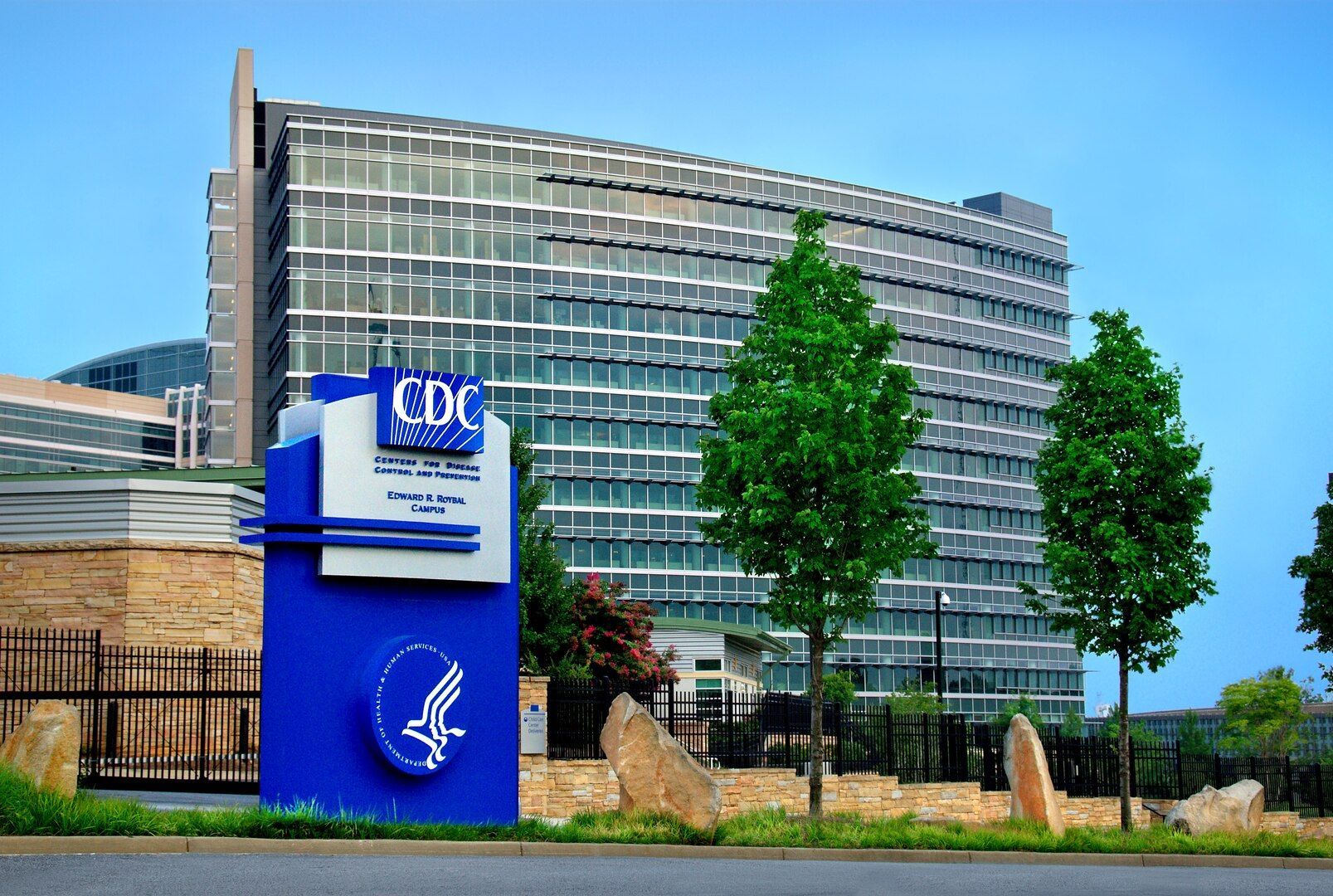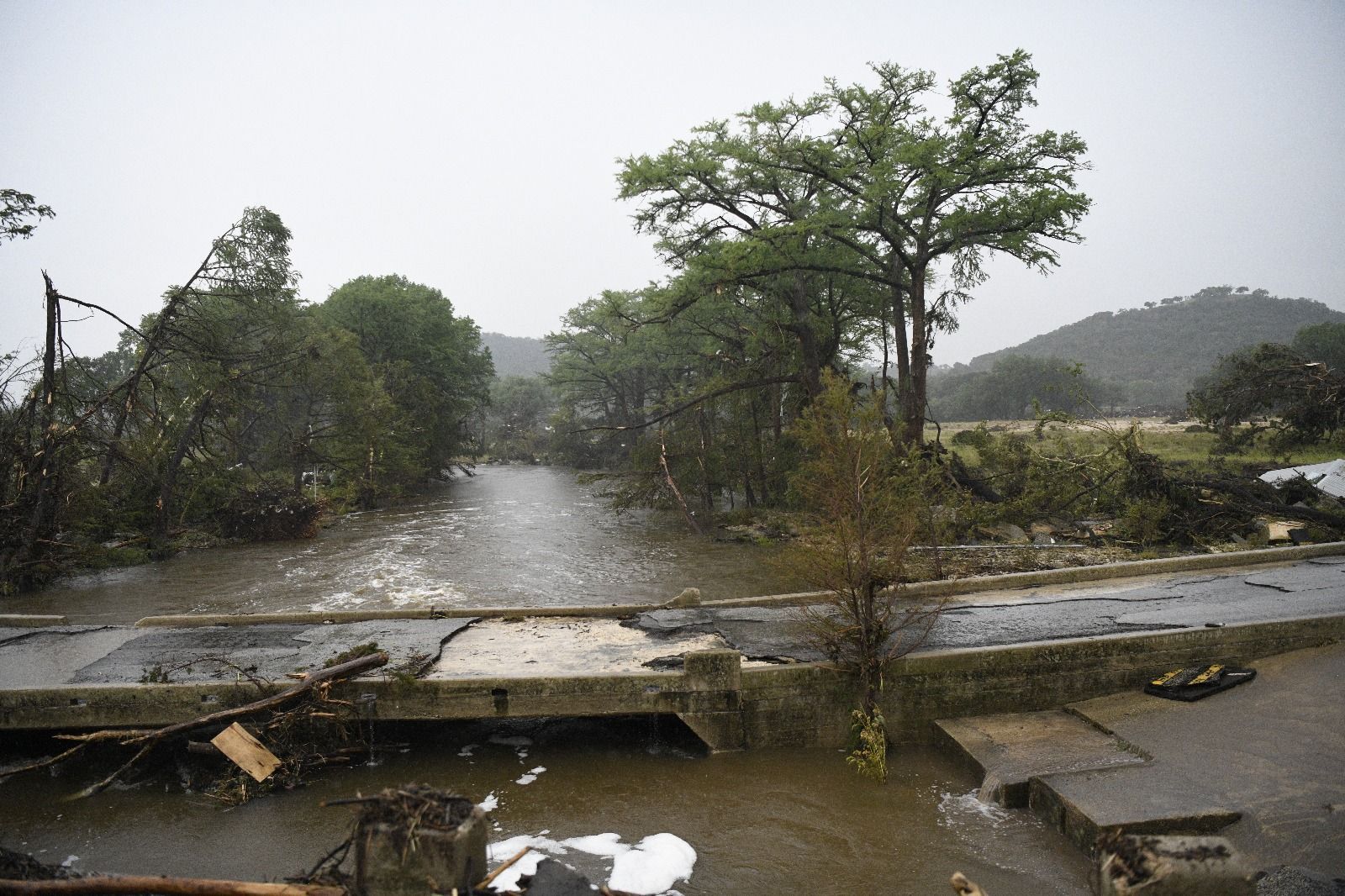FOREVER MAY NOT BE FOREVER WITH EPA’S NEW PFA LIMITS
Last month, the Environmental Protection Agency (EPA) finalized strict limits on PFAS, so-called “forever chemicals”, in drinking water that will require utilities to reduce them to the lowest level they can be reliably measured. Officials say this will reduce exposure for 100 million people and help prevent thousands of illnesses, including cancers. You may recall that in my August, 2023 newsletter ("Nothing Says Forever Like Diamonds and PFAS"), I wrote that PFAS are called "forever chemicals" because most don't break down, are found in many of our most commonly used products, including the water we drink. Among my recommendations for minimizing your exposure to PFAS, which have been linked to certain cancers, birth defects, liver damage, impaired fertility, high cholesterol and obesity, etc., was to "Drink filtered or bottled water". Carbon filters on faucets or in water pitchers can reduce the levels of PFAS if the filters are replaced regularly. However, not everyone can afford the couple hundred dollars such a system costs. Under the new rules being implemented by the Biden Administration, you may not need to install such an expensive system and can rely upon your municipal authority's regular drinking water, without worrying about over-exposure to PFAS. However, this won't happen overnight. Water providers will have three years to do testing on their systems. If those test results exceed the newly proposed limits, they'll have two more years to install treatment systems to reduce the amount of PFAS to below the EPA limits. Naturally, the utilities are warning us that the new rules will cost tens of billions of dollars each and will fall the hardest on small communities with fewer resources. And, of course, they promise that legal challenges will be sure to follow.

According to the EPA, nearly half of the water supply in the United States is contaminated with "forever chemicals." And EPA Administrator Michael Regan says the rule is the most important action the EPA has ever taken on PFAS: “The result is a comprehensive and life changing rule, one that will improve the health and vitality of so many communities across our country,” said Regan.
Environmental and health advocates praised the rule, but said PFAS manufacturers knew decades ago the substances were dangerous yet hid or downplayed the evidence. Limits should have come sooner, they argue. “Reducing PFAS in our drinking water is the most cost effective way to reduce our exposure,” said Scott Faber, a food and water expert at Environmental Working Group. “It’s much more challenging to reduce other exposures such as PFAS in food or clothing or carpets.”
The EPA's new rule is that municipal water supplies cannot exceed 4 parts/trillion of PFAS. To put that in perspective, a utility outside Philadelphia that serves nearly 9,000 people learned last June that one of its wells had a PFOA (a form of PFAS) level of 235 parts/trillion, among the highest in the United States. The good news is the authority took the well offline immediately; the bad news is they now have to raise the money to replace the missing water with a less contaminated source.
The EPA expects that excess PFAS levels will be found in 6-10% of water systems, affecting some 100 million people in the United States.

"This is historic and monumental," says Emily Donovan, co-founder of Clean Cape Fear, an advocacy group working to protect communities from PFAS contamination. "I didn't think the EPA would ever do it." Donovan lives in an area of North Carolina which has been contaminated with PFAS from the Chemours chemical manufacturing plant. She says seeing the EPA set limits is "validating." Six years ago when her group first raised the issue of PFAS, she says they were told that the water met or exceeded state and federal guidelines. "And that's because there weren't any," she says. "It really broke public trust for so many people in our community."
The advice I gave in my August, 2023 newsletter, to drink bottled water or install your own treatment system, may be good advice TODAY. But with the EPA's new rule, over the next five years, you may be able to safely drink your local tap water without worrying about the effects of "forever chemicals".














